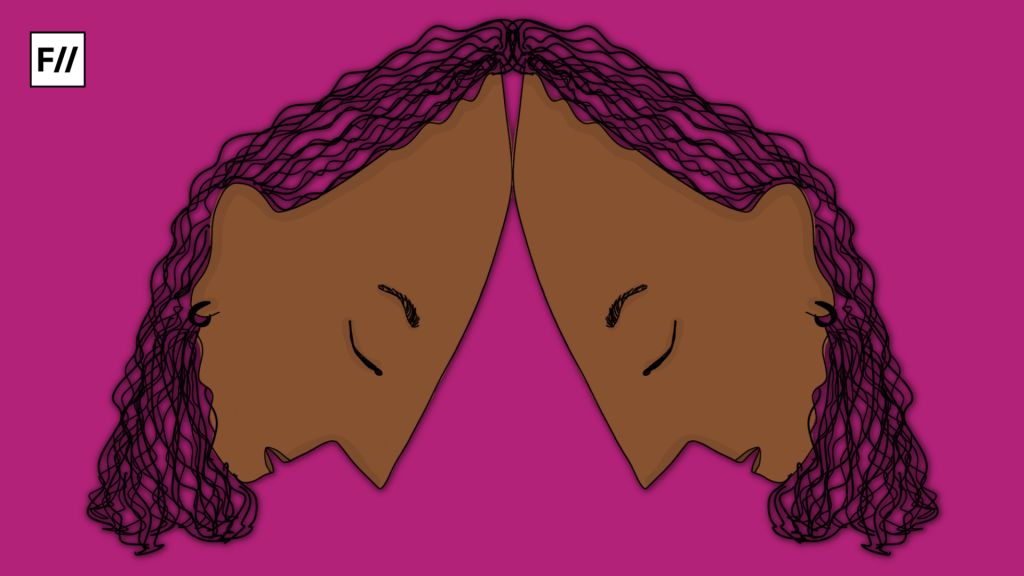If it were not a daily household battle already, travelling at night has become scarier for women and gender minorities in Bengal, as one of the allegedly safest cities for women in India, Kolkata witnessed a gruesome rape and murder some weeks ago, on the 9th of August, 2024. Ever since a whole month and counting, West Bengal has been seething with protests and outrage over the rape and murder of a woman doctor on duty in a state-run hospital at the heart of Kolkata metropolis. The widespread gender justice movement that has taken shape in response to this heinous crime has been gaining traction by the day and swelling in unimaginable proportions to bring attention from across the globe. Even the state and its vanguards stand alarmed at this point, as they rightfully should be.
The perpetrator/s raped and murdered a woman doctor on duty at night in the safe confines of her own workplace, which is a 24*7 well-functioning public hospital- an act that has left countless citizens mortified and disillusioned about their safety and security in public places and otherwise. Public memory is still ripe with the 2012 rape case in Delhi which happened at nighttime too, that rocked the entire nation out of its wits.
Conventional tropes of blaming the victim for their attire or activities fail the public under the very specific set of circumstances in which the incident has unfolded. Additionally, the victim’s family has not caved into alleged political pressure by accepting financial compensation from the state government. This has added momentum to the ongoing movement for justice, along with junior doctors actively protesting for their colleague’s justice and broader healthcare reforms.
Nights in different corners of West Bengal look very different now with organised gatherings, candle marches, protests, demonstrations, street art and theatre. Resistance hangs heavy in the air, metamorphosing the night space in Kolkata and its suburbs.
Night and its omens for women and queer/trans travellers
Interestingly, nighttime has specific cultural meanings in India in terms of lack of safety, security and surveillance. It has a propensity to be particularly perceived as out of bounds for women and gender minorities. Travelling at night becomes a legitimate right to be fought for, and with such incidents happening, the fight seems to be far from won.

Nighttime has been conventionally portrayed in Indian households as the time when ‘human,’ predators are on the loose. The gender position of the predators is too obvious to even disclose. Women and gender minorities are at the receiving end of targeted advice from well-intentioned family members, friends and colleagues to equip themselves with every possible safety measure on earth to ward off these predators while being outdoors at night. Such safety measures span learning karate and self-defence, to carrying pepper sprays and pocket knives, sharing live location, to being accompanied by a man while going out during nighttime.
Travelling during the night includes just going out of your house unchaperoned by a man, even though houses are no safe spaces in themselves. If a woman or queer/trans person is doing that, in the public conscience, you are setting yourself up for your own doom.
Protect us from whom?
The rhetorical question surfacing time and again from women and gender minorities’ participation in the gender justice movement surrounding the doctor’s death remains: Protect us from whom?

No wonder, when the heinous crime was out in the open and reported extensively by the press and social media, immediate attention was directed to women’s safety in a benevolently sexist fashion. Conversations spanned around limiting night shifts for women, setting strict time-limits for returning to hostels at night, having easy access to police personnel through mobile apps, to name a few. Yet, the larger maxim underpinning these conversations reflected a haunting assumption: it was women and gender minorities who need to be protected, while predators can continue to be predators.
A nurse from Barasat Medical College laments the state’s response to the occurrence, “We cannot protest for fear of transfer. As a woman, I find it unacceptable that the chief minister discourages night shifts for women instead of ensuring our safety.“
Quite a few intersectional, queer-trans feminist spaces did demand accountability out of the predators, questioning the roots of predatory behaviour, questioning its presence on streets/in public at nighttime that makes streets/public spaces inherently unsafe for others at night. Such claims continue to echo on the street protests, as well as within organisational spaces.
The clamour is on about ‘consent,’ and ‘bodily autonomy,‘ and teaching the same to ‘raja betas,’ who are mostly the bulk of ‘human,’ predators in documented rape cases. This has left its footprints on one of the heavily gendered slogans that populate the agitation:
“Wherever I go/However I dress/No means No/Yes means Yes.”
The slogan hits directly at the culture of victim-blaming, where the victim’s dressing or proclivities are brought to question in response to a rape, rather than a sole focus on the perpetrator. Bengal is not alien to this culture of victim-blaming; even during the Park Street rape case, the survivor was subjected to shaming and questioning on grounds of morality and her whereabouts. Such deflection is also seen in the doctor’s case, which was initially alleged to be framed by hospital authorities as suicide, with additional attempts being made to raise questions about her sanity and whereabouts at night. Yet, the public this time hopefully sees through this timeless strategy to divert attention and is adamant about securing justice.
The clamour is on about systemic reforms in favour of women and gender minorities and holding abusers accountable.
Revolutionising night travel through movement-building
If this movement has done anything very strongly, even if momentarily, it has mobilised thousands of women and queer-trans persons from diverse walks of life out on the streets of Bengal at night, in rage, protest and resistance.

‘Raat dokhol,’ or ‘reclaiming the night,’ campaign has become a pertinent strand of protest and organising under the broader umbrella of this movement. It draws in from a feminist legacy of ‘take back the night,’ movements that have been pretty popular in the West and have happened in Kolkata too during the Park Street rape case. This form of protest has been designated as a new freedom struggle for women by one of organisers, Rimjhim Sinha, who is quoted by the Telegraph to make the resolute claim: “No one can lay a claim on the night and dictate to us who can be outside and why..”
Travelling to protest sites at night, staying over during the length of the night, chanting slogans and dancing to the call of ‘azadi,’ have been a nighttime staple for many women and gender minorities in Bengal for the past couple of weeks.
Travelling places during night is certainly not risk-free as predators continue to lurk in the streets. Even when the movement has been going on, there have been instances of molestation, sexual harassment and assault. Cases were lodged with the police which in turn faced bureaucratic delays. Ironically, in some other cases, the police themselves have orchestrated violence on peaceful protesters.
There have been exclusions for who can reclaim the night, with transgender women often being shown the door or kept in the margins of organising; Dalit women have been questioned about their involvement since their issues are ‘different.’ Interestingly, the doctor did have caste marginality, which is conveniently sidetracked in the movement-building. Such exclusions warrant regular continuous systemic resistance and it is a process in motion.
As Durga Puja celebrations loom in the air for Bengalis, Anurag Maitreyee, a trans rights and gender justice activist, who is actively involved in the movement, firmly resolved “… We will continue our protest during the Durga Puja.”
The night therefore brings forth complex emotions before women and gender minorities in Bengal, as they set foot to reclaim it time and again. Yet their resolutely dreary body-minds travel towards the protest sites at night because if not now, when? (aar kobe?)
About the author(s)
Aritra Chatterjee (she/her) is a clinical psychologist who actively advocates against discrimination against the LGBTQIA+ community while being a member of the community herself.






Nice.
“This is such a concerning issue, and it’s heartbreaking to see women and gender minorities feeling unsafe during nighttime travel in Bengal. Safety should be a basic right for everyone, no matter the time or place. Urgent measures are needed to restore confidence and ensure safe public spaces. Hopefully, awareness leads to action soon.”